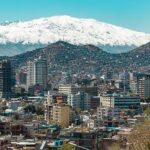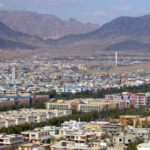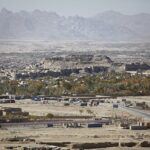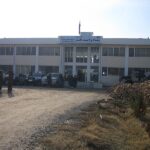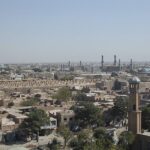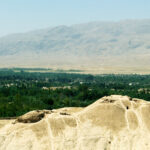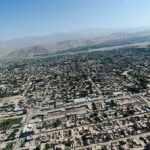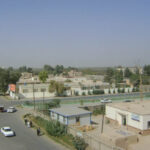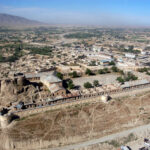Kunduz
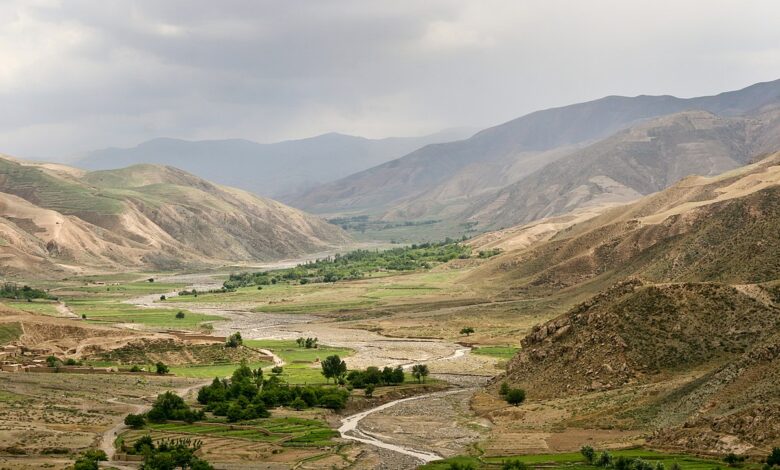
Kunduz is a city in northern Afghanistan and is the capital city of the Kunduz Province. The province is located in the northeastern part of the country and is known for its diverse ethnic and linguistic composition. The majority of the population in Kunduz is of Pashtun and Tajik ethnicities.
The capital city, Kunduz, has been the site of military operations and clashes between Afghan government forces, Taliban insurgents, and other militant groups. The province has faced security challenges and has witnessed both conflict and efforts at stabilization and development.
| ID |
|---|
| 89 |
| Name |
| Kunduz |
| State ID |
| 3900 |
| State Code |
| KDZ |
| State Name |
| Kunduz Province |
| Country ID |
| 1 |
| Country Code |
| AF |
| Country Name |
| Afghanistan |
| Latitude |
| 36.72895000 |
| Longitude |
| 68.85700000 |
| WikiData ID |
| Q108155 |
